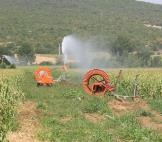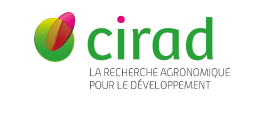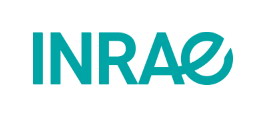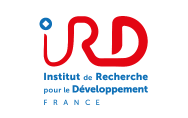Treated wastewater reuse (TWWR) to irrigate crops or landscapes has an interest in terms of water resources preservation both quantitatively and qualitatively, that is exacerbated by the prospect of global warming and population growth. France has recently adopted a regulation (Decree of August 2, 2010, revised June 2014) which authorizes the use of gravity and localized irrigation systems, and establish specific rules for TWWR by sprinkler irrigation, waiting for a better assessment of the health risks associated with this application method. Internationally, other regulations or guidelines, based on a quantitative microbial risk assessment, were proposed from 2006 (WHO, 2006 and EPHC / NRMMC / AHMC, 2006). However, this very rational approach (not treating waste water beyond the health requirements) is limited by the lack of knowledge, particularly related to the risk of inhaling pathogens or toxic contaminants during sprinkler irrigation (aerosolization and transport). The dispersion of droplets and their possible evapotranspiration are mechanisms that have been poorly addressed with regards to their potential to contaminate the environment. It is related to the contamination of the irrigation water and the proportion of very fine particles, micrometric or nanometer in size. Societal demand claims for moving towards a rational management of resources thanks to greater wastes recycling. This implies to define new practices whose impacts have to be estimating.
 |
 |
© B.Molle, Irrigation by sprinkling, Places Rians (2011) and Salon de Provence (2013) |
The main objective of this thesis is to characterize the mechanisms of generation and dispersion of aerosols in different irrigation techniques and atmospheric configurations. The proposed approach relates on a large experimental device to study processes under controlled conditions, but also on in-situ measurements in real cases. It aims to provide fundamental knowledge for a dispersion model of irrigation-related contaminants. The methods developed and investigated mechanisms also will answer questions posed by the use of irrigation facilities for plants treatments especially in arboriculture (PuF: spray on foliage). This work will help set up guidelines governing sprinkler irrigation with TWW and PuF.
Key words : Transport modeling, Atmospheric dispersion, Waste Water Reuse, Bio-aerosol, Wind tunnel.






